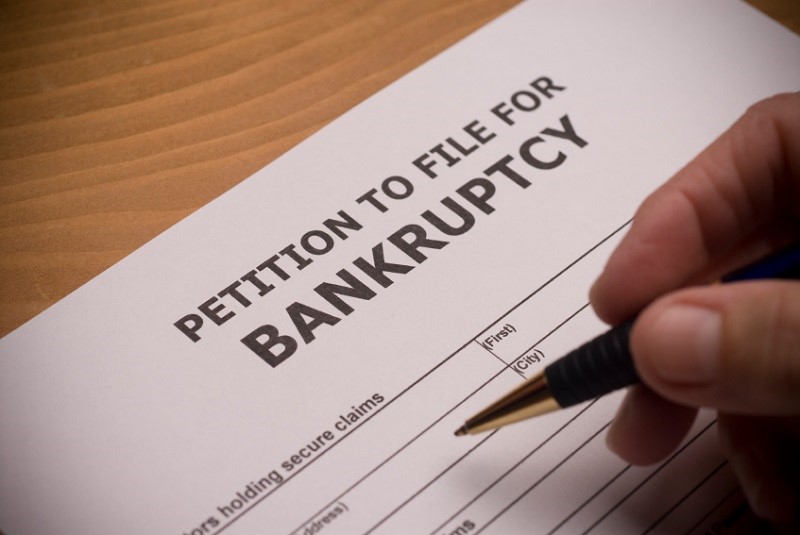Small businesses, like any other kind of business, may have to file for bankruptcy if the business is not doing well and the owner is unable to pay back any debts connected to the business. It’s important that the small business owner files for bankruptcy before it’s too late; waiting could end up costing the business owner more than just his or her business. Here is what you need to know about small business bankruptcy in order to ensure you don’t lose more than you have to if you file for bankruptcy.
Reasons a Small Business May File Bankruptcy
There are a number of reasons that a small business may have to file bankruptcy, some of those reasons include:
- Lawsuits
- Poor market conditions
- Inability to pay back loans
- Lack of cash-flow
- Poor spending

No matter the reason that a business has to file for bankruptcy, bankruptcy allows the business to close quickly and deal with debt issues in whatever way is necessary. Or in some cases, bankruptcy can even help businesses remain operating if filed correctly. Companies like https://wilkiepuchi.com/ offers expert legal guidance to help you navigate debt relief options, negotiate with creditors, and work toward financial stability.
What happens when a small business goes bankrupt?
“Declaring bankruptcy begins with a meeting with a bankruptcy lawyer who is skilled in bankruptcy cases,” says a bankruptcy attorney. He added, “your attorney will walk you through the steps of filing for bankruptcy; but usually for small businesses, you will have to file bankruptcy schedules as you are most likely going to file for Chapter 7 bankruptcy.”
Your bankruptcy lawyer will assist you in the bankruptcy process, depending on the type of bankruptcy, there are different outcomes.
Types of Bankruptcy for Small Businesses: Liquidation and Reorganization
Chapter 7, Chapter 11, and Chapter 13 all deal with bankruptcy and have various impacts on small businesses, here is what you need to know:
Liquidation
Liquidation is when a business has to close in order to give assets to the business’s creditors. Chapter 7 bankruptcy helps a business close in order to liquidate a business. Small businesses, usually because the owner is a sole proprietor, often choose Chapter 7 because debts are erased and do not need to be paid back. This kind of debt gets rid of almost all debts including credit card debt, loans, utility bills, etc.
Reorganization
If a small business can be saved, the business owner may be able to extend the life of it despite unfortunate financial circumstances. Reorganization of business via bankruptcy restates business assets and new agreements are put into place in order to pay creditors so that the business can continue to operate. The reorganization is a result of Chapter 11 or Chapter 13 bankruptcy.
Chapter 11 reorganization will allow a business to continue to keep running under certain terms and circumstances. In other words, debts are reorganized in order to allow small business owners to make smaller payments to creditors. However, the business must make a certain amount of money each month in order to file for Chapter 11 bankruptcy.
Chapter 13 follows the same structure and guidelines as chapter 11, however, there are limits to the amount of debt a small business can be in while filing for this kind of bankruptcy.
Is Your Small Businesses a Candidate for Bankruptcy?
It’s important to point out that filing for bankruptcy should be a business’s last resort. If your small business is going under or at risk of collapsing, contact a bankruptcy attorney as soon as possible. Make sure to also do research to find out what kind of bankruptcy is appropriate for you and your small business.















